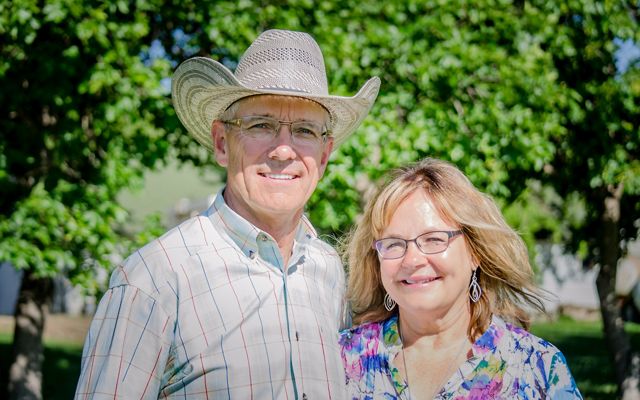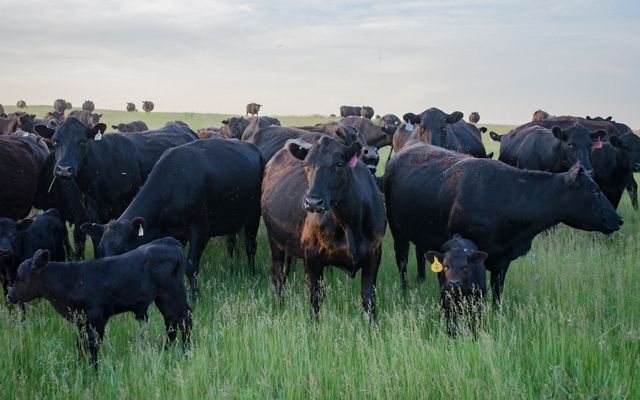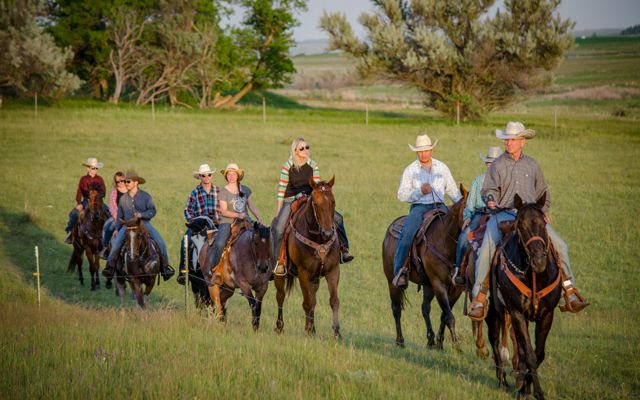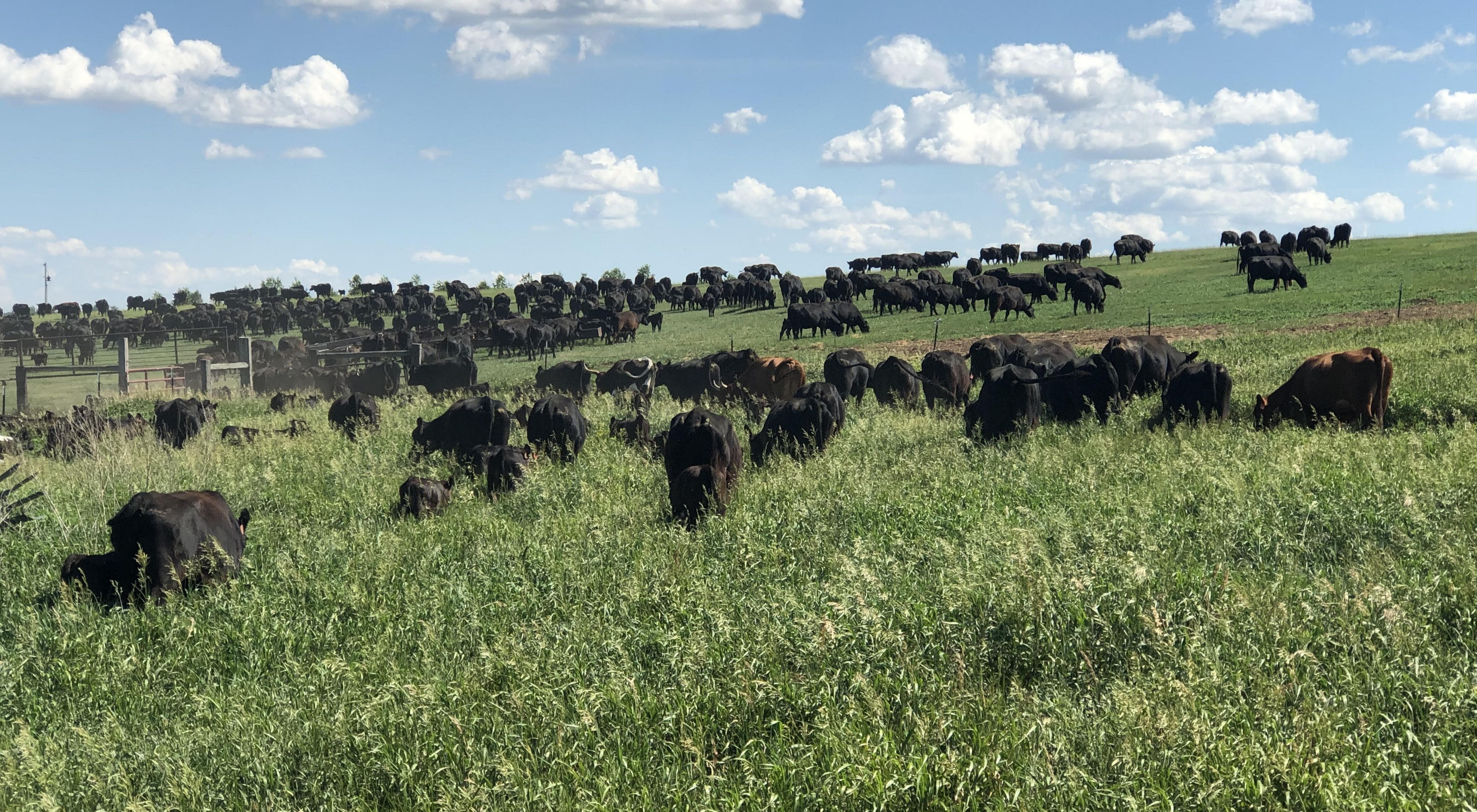Ranching for a Better Life
How one historic ranch turned over a new leaf and improved profitability, soil health and their quality of life.
It took Jerry Doan a while before he could make peace with the sneers from neighboring ranchers in Burleigh County. But Doan is also quick to acknowledge that this type of work requires thick skin, particularly for those pursuing the path of regenerative ranching.
Quote: Jerry Doan

Most young people that try to do things like we're doing... people will tear them down, make them feel terrible, and they'll go back to traditional agriculture and gradually go broke.
Diverse Grasslands and Business Ops
Owner and operator at Black Leg Ranch in central North Dakota, Jerry will be the first to tell you his angus beef operation is “completely nontraditional.”
At Black Leg Ranch, the Doans host weddings, hunters and even brew beer—all while running cattle on their 17,000 acres. A homestead dating back to 1882 and long managed conventionally for grazing and farming, Jerry first decided to start making changes in the ‘80s. At the time, the ranch not only was struggling to remain profitable but, as he was finding, wasn’t too much fun anymore. It didn’t take long for Jerry to learn that working with nature could not only restore the health of their grasslands but also bring some enjoyment back to ranching.
Quote: Jerry Doan
Two of my holistic goals are bringing profitability back and improving our quality of life: making it so ranching is fun again.

Healthy Soils, Bottom Lines and Quality of Life
It started small at first but with time and some technical expertise, Jerry had implemented a high-intensity rotational grazing plan that improved the health of their grasslands, pushed back calving dates to be more in sync with nature and increase overall output, and planted cover crops on their remaining cropland acres to minimize soil disturbance. Now a self-described soil health convert, Jerry serves as chair of the North Dakota Grazing Lands Coalition and regularly hosts educational tours at the ranch.


“Jerry is a great example of how stewardship of grazing lands evolves over time,” says Nancy Labbe, TNC’s Northern Great Plains Rangelands Program Director. “His move from ‘sustainable’ to ‘regenerative’ grazing not only had a positive impact on the environment but also on his bottom line and family life.”

Quote: Jerry Doan
When I got engaged in the soil health movement, it brought my passion back to agriculture because I see what a difference it makes.
The combination of practices, along with patience and perseverance, has paid off. The ranch is not only in much better shape environmentally, it’s more economically stable as a result. And that’s good news for environmentalists too! Because with the ability of intact grasslands to hold and store both water and carbon, keeping ranching families like the Doans in business might be one of the best climate change defenses we have.
